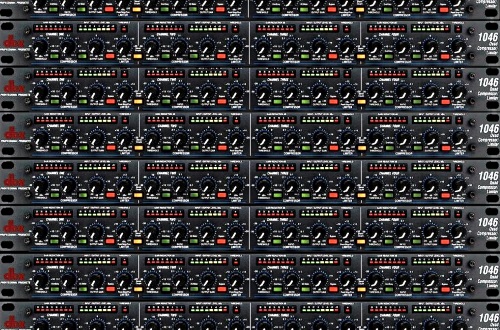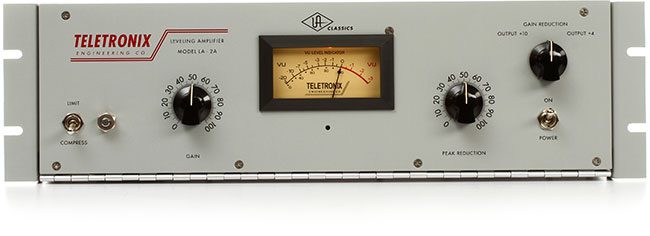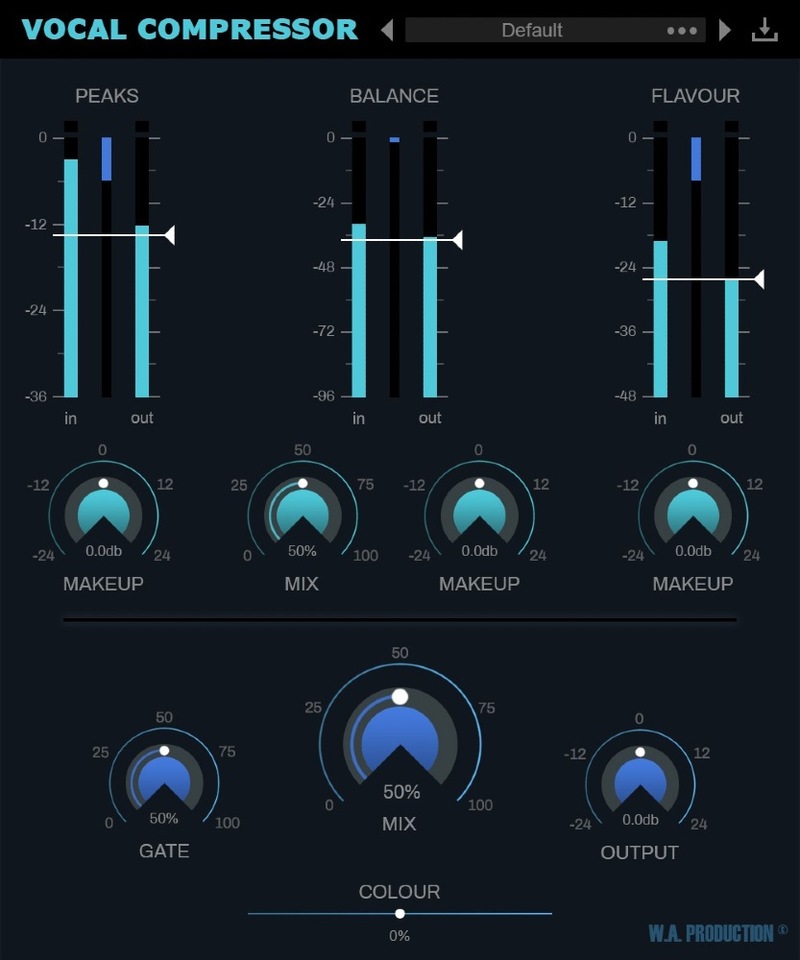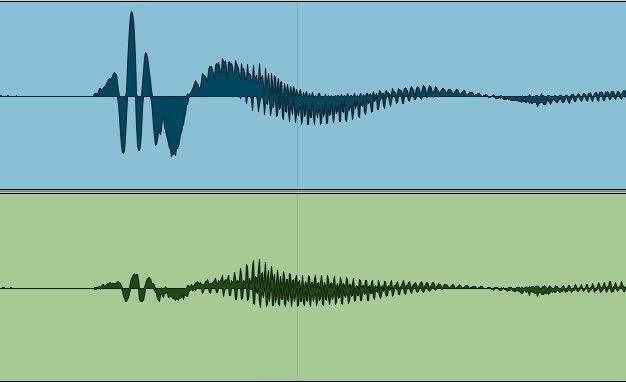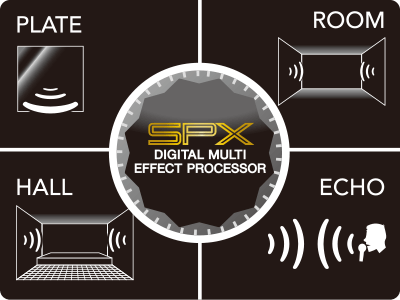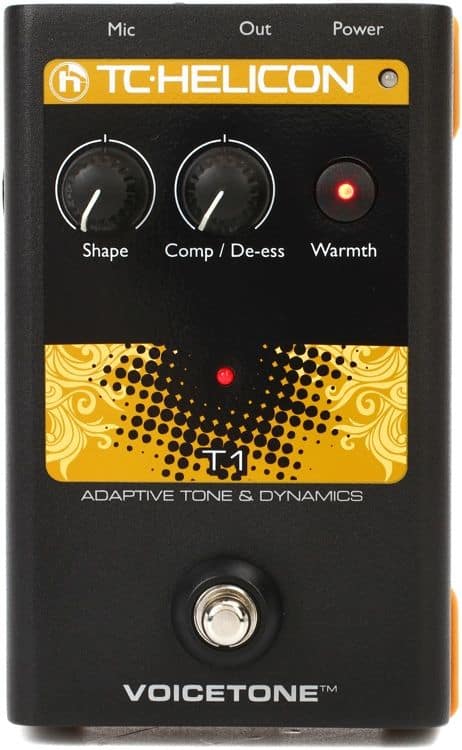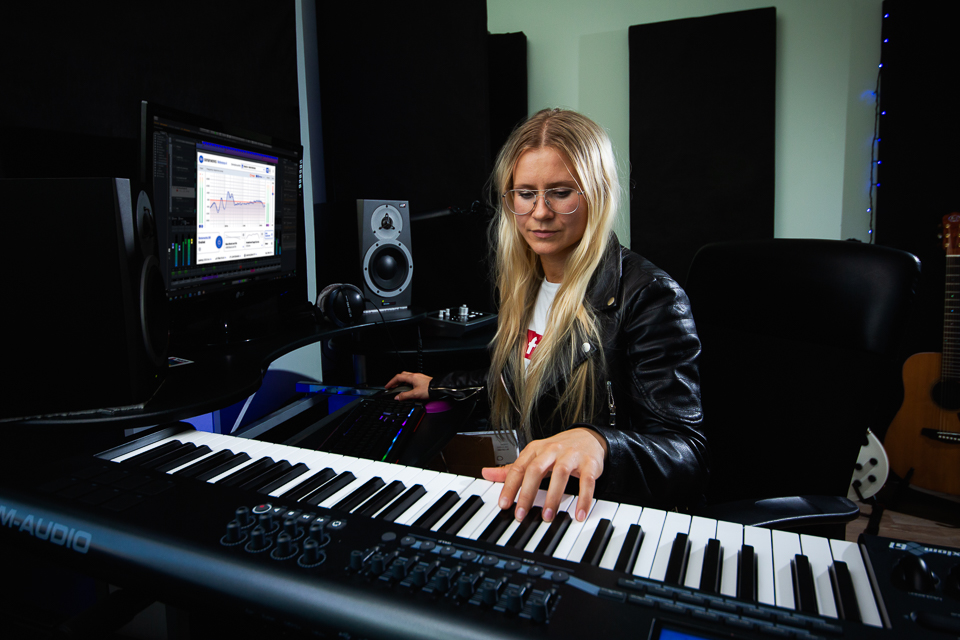Live Sound Vocal Compression

By bypassing and applying the compressor get the input gain same as without the compressor.
Live sound vocal compression. Sure it s fun to roll off some of the top end on your hall reverb but don t let that distract you from the things that actually need attention. This is a fine way to start with a comp on vocals and will let you actually hear much of whats happening as you dial it in and hear the way the compressor works with the voice. You can use compression on vocals to just even out the performance and to create an effect. There are no magic settings that work 100 of the time.
When used correctly compression is a key ingredient for vocals that sound professional modern and radio ready. Compression should be used sparingly. Heck it d certainly save me a few keystrokes. Live sound is largely correcting problems with subtractive eq.
The processor is ideal for use in practices and live performances. The lead vocals should be the center of your attention. If the vocal s volume drops down then adjust the makeup gain input. This pedal s primary function is to help a singer control vocal dynamics and tone.
We would recommend this to a hobbyist singer songwriter musician. And i don t want to mislead you. Compression your best friend and your worst enemy. When used incorrectly compression can quickly ruin a good vocal recording and make your music sound amateur and over processed.
Now without soloing the vocal slowly turn down the threshold knob to adjust the amount of compression on the vocal. For a vocal starting point set your threshold to 0db or 2db and a ratio of either 1 5 1 or 2 1. It evens out the often erratic levels that a singer can produce and tames transients that can cause digital distortion. There is no one size fits all formula to vocal compression.
I wish i could do that too. But the truth is it s not that easy. You can set the attack release to auto or go to 12 o clock on either one.


